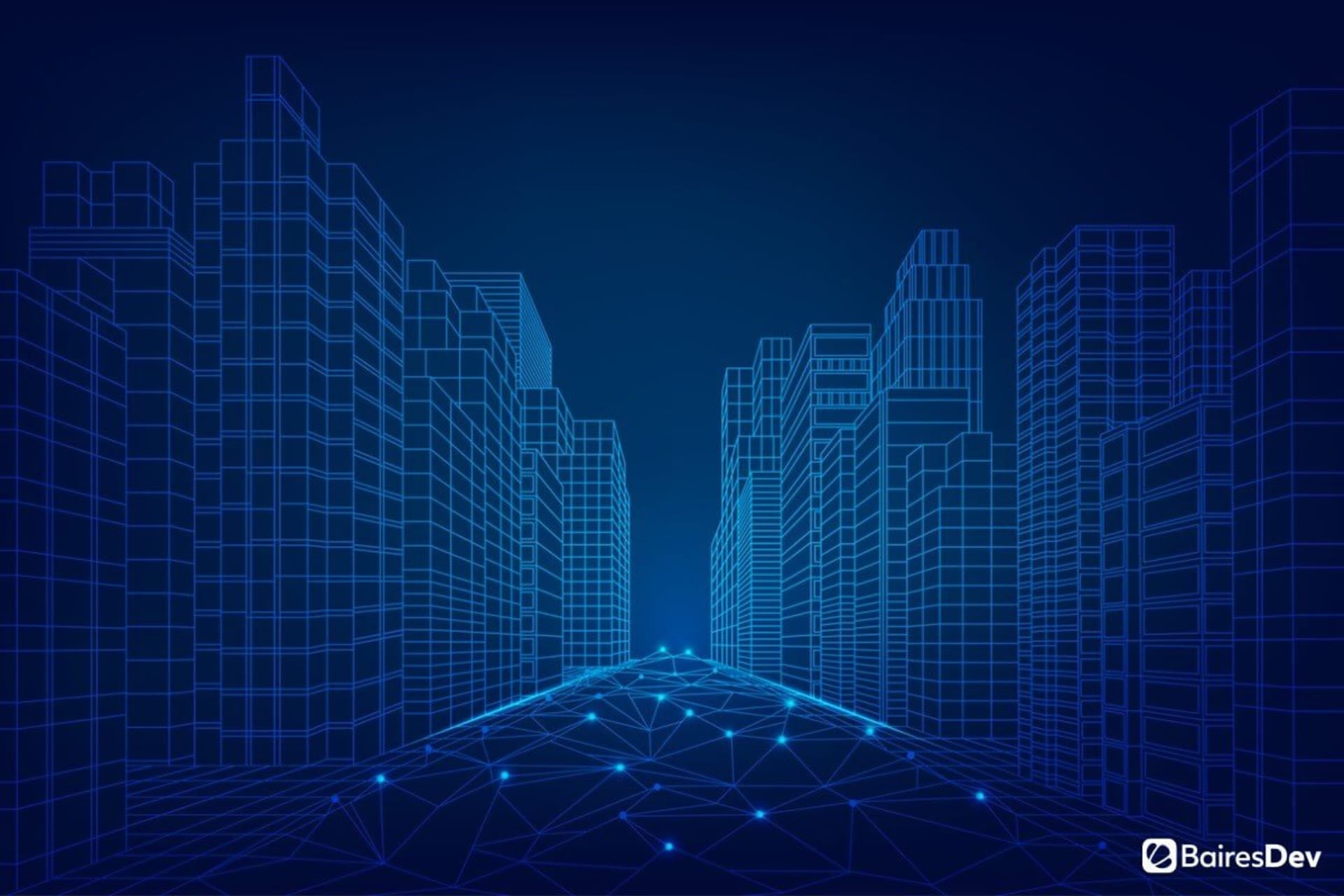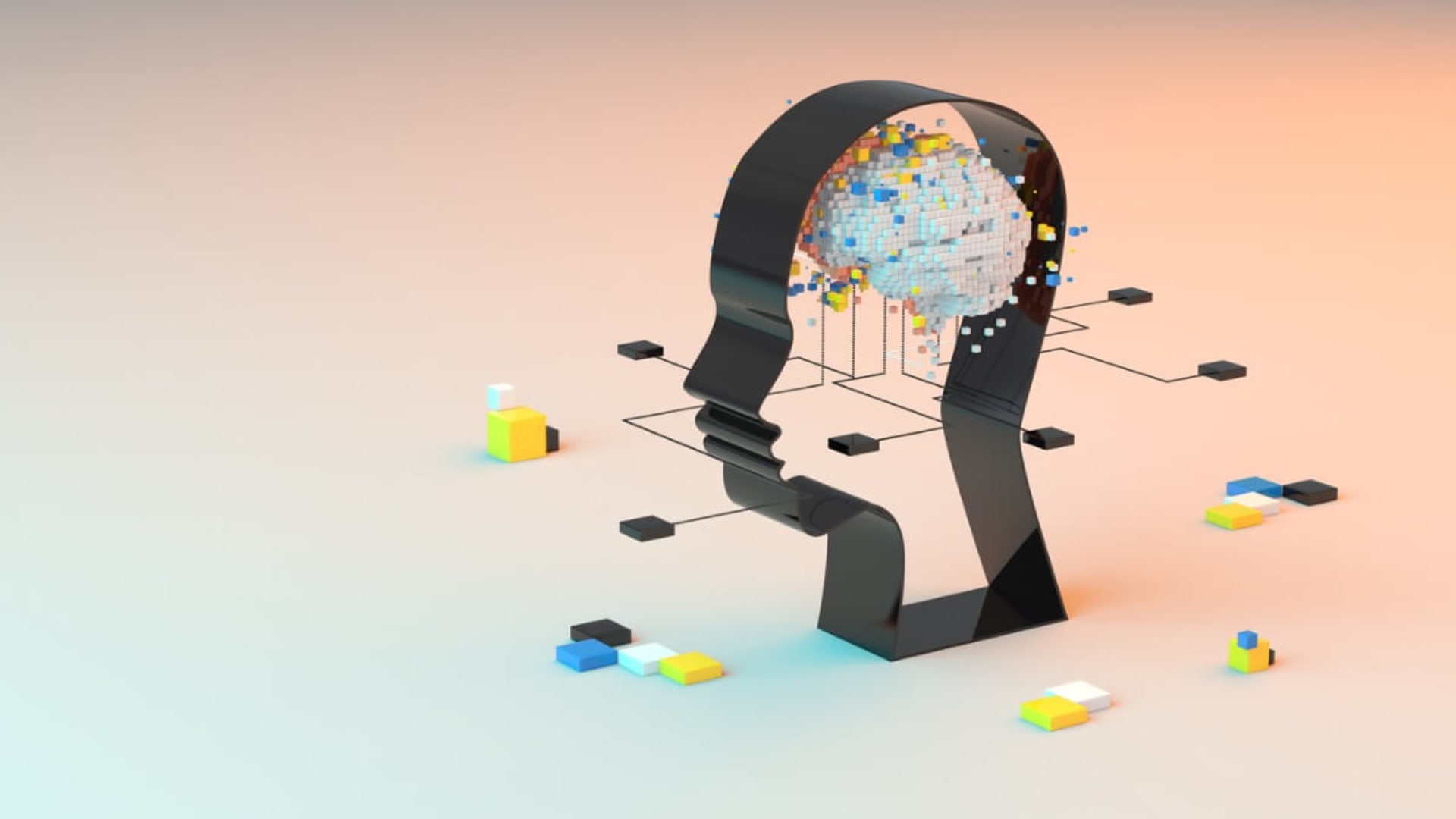Even though the idea of using computers and simulations to model the physical world has been around for decades, digital twins, as they’re more commonly known, are finding a lot of use cases outside of their traditional homes in the aerospace and manufacturing industries.
According to recent MarketsandMarkets research, Digital Twin Market Size Global forecast to 2026, the use of digital twins is set to take off. Powered by easy access to almost unlimited computing power and data storage in the cloud, the market for digital twins, which was valued at $3.5B in 2020, is expected to reach $48B over the next four years. A massive 58% CAGR.
It’s estimated by some analysts that fewer than five percent of businesses use digital twins today.
“Increasing demand for digital twins in the healthcare and pharmaceutical industries due to the outbreak of COVID-19 pandemic, the changing face of maintenance, and growing adoption of digital twin solutions to cope up with the COVID-19 pandemic are the key factors driving the growth of the digital twin market,” the report states.
But it’s not just healthcare and big pharma that are interested. Billion-dollar global companies with hundreds of thousands of employees are using digital twins to model the day-to-day workflows of their organizations, in an attempt to find blind spots and unearth insights that will alert them to impending problems.
Connected car data and analytics pioneer Wejo, which has aggregated trillions of data points from millions of car-mounted internet of things (IoT) sensors from around the globe, is using digital twins to model entire countries in order to help urban planners, for example, simulate how vehicles would traverse new roads and interact with infrastructure like stoplights.
“At Wejo, we believe that digital twins will reshape everything from road safety to insurance, advertising, after-sales and more,” said CTO David Burns. “Through digital twins, we can look at what a connected vehicle is doing a kilometer away, and then alter and change the driver experience of an autonomous vehicle based on the information that’s coming from down the road.”
The Digital-physical Interface
Another reason digital twins are catching on is they can help managers improve processes, optimize operations, provide insights where none previously existed, accelerate innovation, all the while having the potential to drive down costs.
A company called Animated Insights is using digital twins to model skyscrapers like the Chrysler Building in New York City, for example. Built long before computers and digitized building plans were even an idea, Animated Insights took four months to complete LIDAR scans of each floor and then infuse those maps with data from the building’s management systems.
The resulting 3D model not only allows facilities managers to see in real-time how the building is functioning and interact with building systems to stop small problems from becoming bigger ones. They can also keep track of assets, view real-time feeds from security cameras, monitor the traffic flow of people in and out of the building, as well as a host of other functions. The model is only limited by the systems it links to and the data feed it.
The Rise of Process Twins
Digital twins are far more than just 3D models and high-definition graphics. Many digital twins are just analytical models of real-world systems and processes that digest real-time data and provide reporting designed to augment human decision making.
Companies have access to more real-time data than ever, nowadays. Driven by an almost limitless supply of cloud computing cycles and storage, this data allows digital twins to model ever-more complex systems with greater accuracy. This doesn’t exactly increase their usefulness over time, but the use cases to which they can be applied. All of these data streams and analytics are giving rise to digital process twins that can be used to conduct real-time modeling and monitor things like supply chains and complex business processes and workflows.
The beauty of process twins is they make it possible to understand the complex dynamics that drive unexpected or undesired behaviors, according to Ryan Raiker, senior director of Product Marketing at ABBYY. “As a result, digital twin technology will continue to rise in importance in conjunction with the rise of process mining,” he said.
Home improvement giant Lowe’s are developing digital twins to create intelligent stores. Their digital twin, which is still in development, will combine 3D store maps with e-commerce-style analytics. The resulting twins will be used to train AI models that are then used to guide inventory robots through stores to help store associates keep items in stock and assist with other customer-facing tasks.
Other exciting use cases being explored by different companies is combining digital twins with mixed reality technologies like AR to give users an enhanced view of reality. Healthcare providers are creating “digital clones” of people so doctors can use intelligent systems to help them diagnose them faster and treat their ailments more effectively. The pharmaceutical industry also is exploring digital twins as a way to test novel therapeutic approaches like the mRNA technologies underlying COVID-19 vaccines.
Of course, many of these ideas stretch the traditional definition of digital twins into the realm of science fiction. For most of these cases, however, the technology exists to make them happen. The challenge to making them a reality is twofold: integrating disparate technology silos and providing the resulting models with the right data at the right times to create something that provides real-world benefits to the individuals and organizations that need them. Otherwise, they really are nothing more than pretty pictures.













